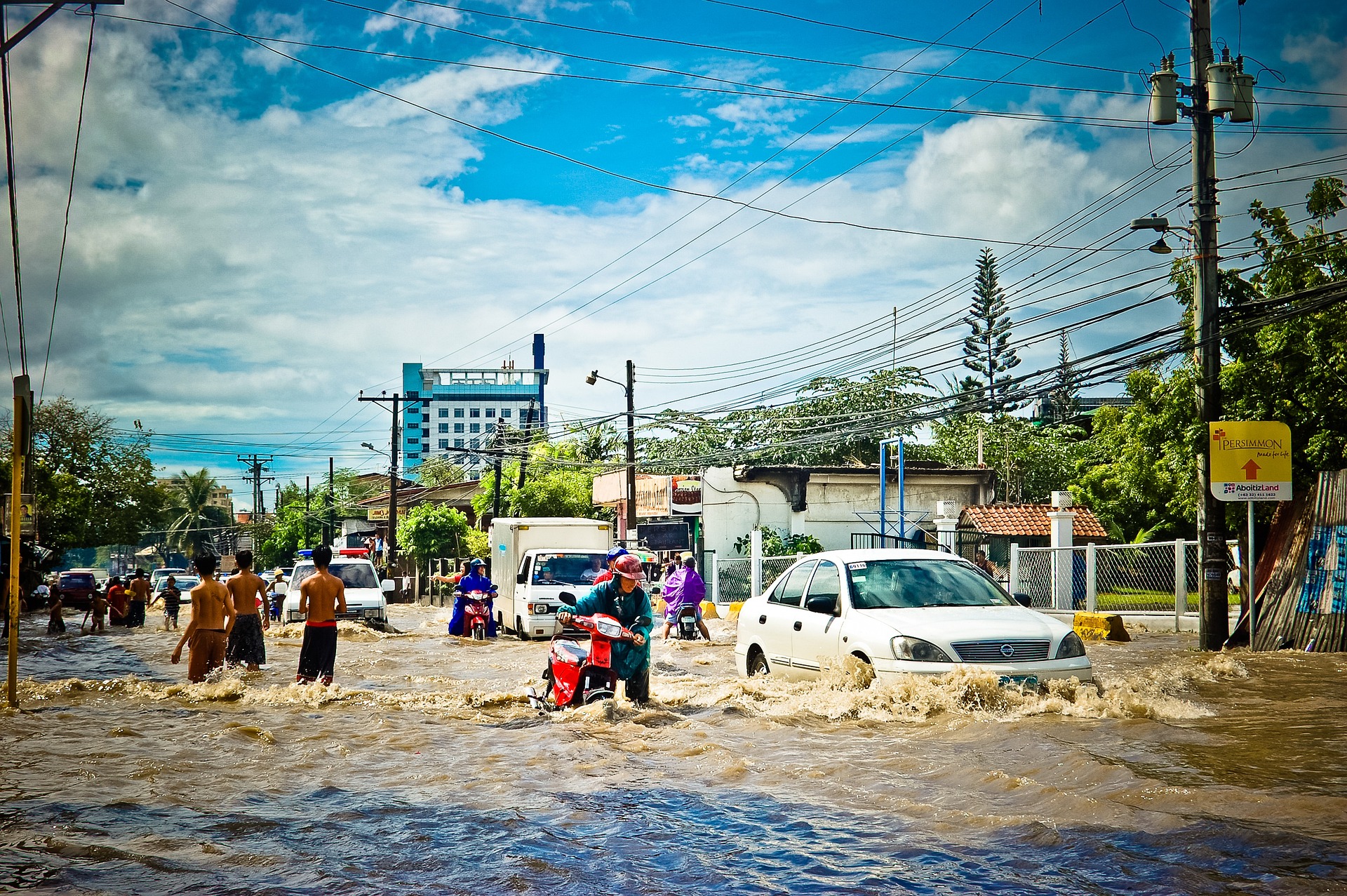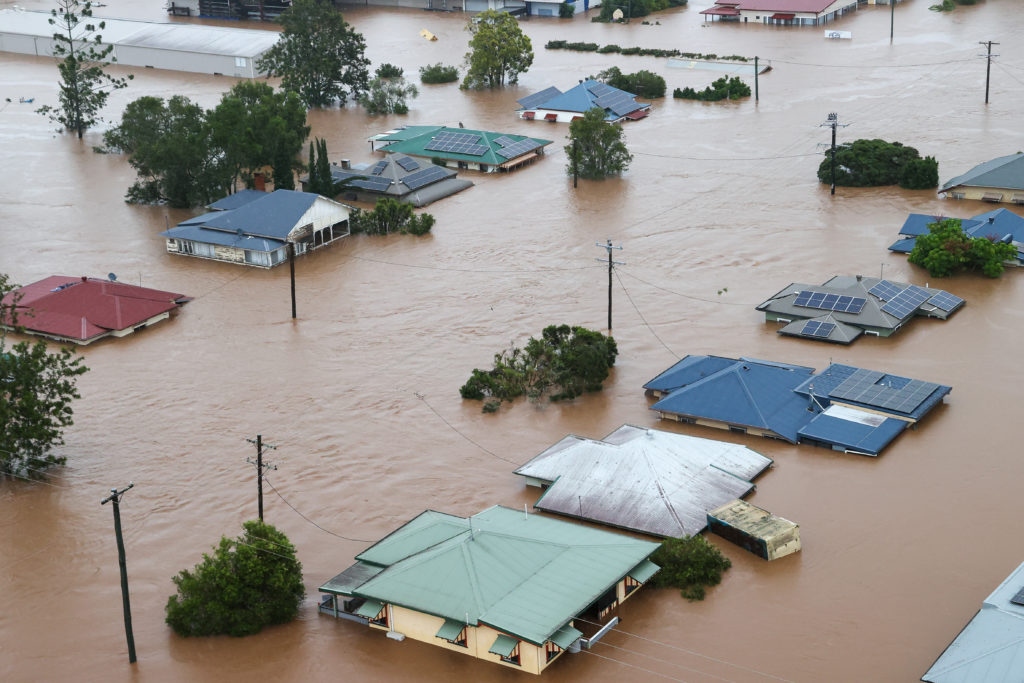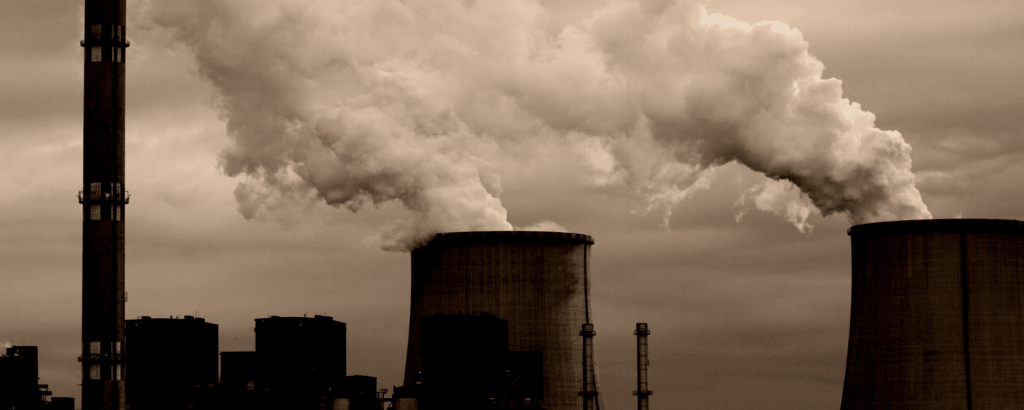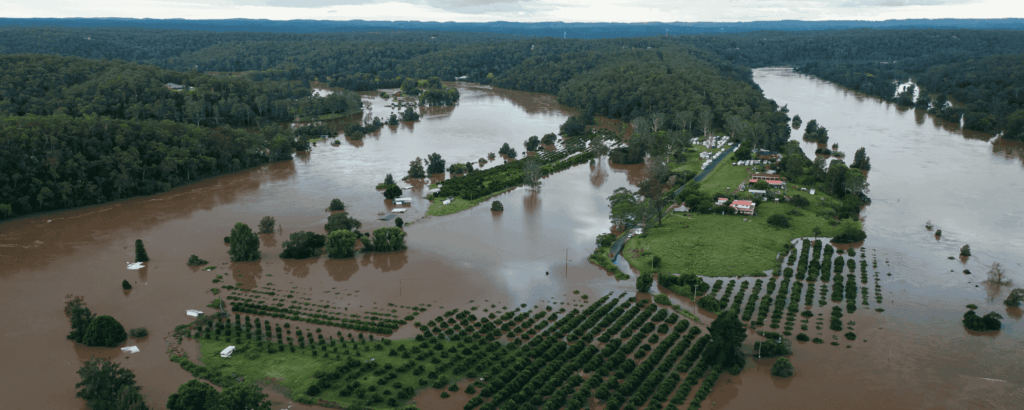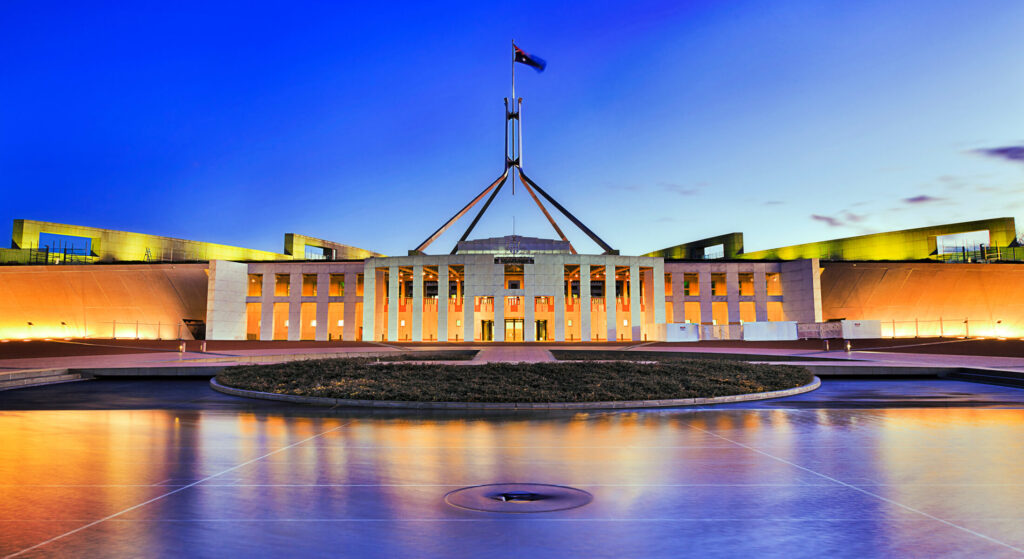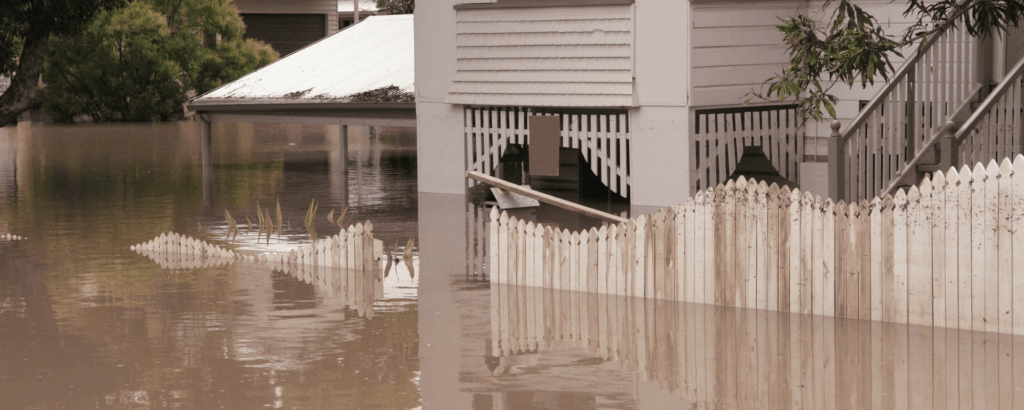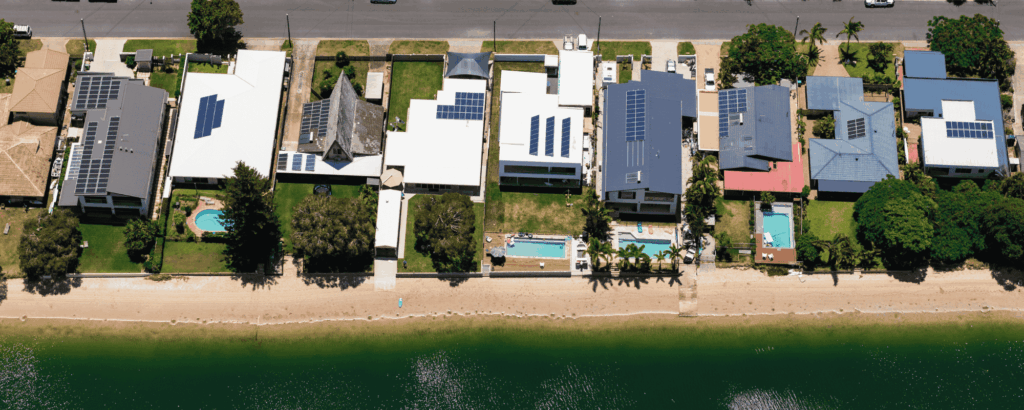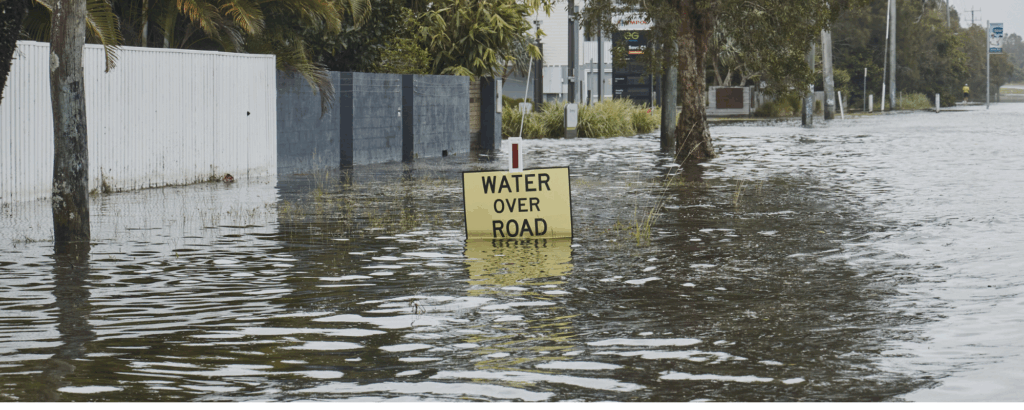At COP27 in Eqypt next week, negotiations surrounding climate finance and loss and damage payments will be crucial to the discussions. Read on to brush up on what these terms mean.
The global context
In the 20 years between 2000 and 2020, 7,348 natural disasters were recorded which have impacted over 4 billion lives, with US$2.97 trillion in economic losses. The continued burning of coal, oil and gas is warming our planet and supercharging our weather systems, fueling more extreme weather events right around the world. Climate change does not adhere to lines on a map – no matter where you are in the world, the impacts of climate change are being felt today. However, events disproportionately affect communities that are already vulnerable, like those facing crises related to conflict, food insecurity, and the economic shocks of the COVID-19 pandemic.
The Intergovernmental Panel on Climate Change (IPCC) indicates that even if the world rapidly decarbonises, greenhouse gases already in the atmosphere and current emissions trends will make some significant climate impacts unavoidable through to 2040.
‘Climate financing’ and ‘loss and damage’ payments are two ways developed countries’ leaders can address the cause and effect of climate change internationally. Though strongly recommended and supported by the United Nations and human rights organisations, the costs and roll outs of these two much needed programs are highly contested and are likely to feature in negotiations and our news headlines this year.
Keep up to date with our running COP27 blog here.

What are they
Quick definitions:
Climate finance is money paid by developed countries to help developing countries invest in renewable energy and address climate impacts.
Loss and damage is money paid by countries who’ve benefited financially from fossil fuel investment, to countries feeling the direct unavoidable losses and permanent damage arising from climate change.
Now for the detail.
Climate finance:
Climate finance refers to developed countries giving money to help developing countries build clean energy systems, reduce emissions, and cope with the overall impacts of climate change.
Adequate and accessible climate finance is fundamental to the world’s response to the climate crisis and often at the centre of international climate negotiations. Back in 2009 developed countries committed to mobilise $100 billion per year in climate finance to developing countries by 2020, but countries have consistently fallen short of these targets since.
So far, Australia’s contributions towards this global commitment have fallen well short, and we will need to lift our annual contribution by around 10 times if we are to fulfil our fair share towards this global goal. The delivery of this funding is crucial as a symbol of global solidarity and an important element to continue building trust between developed and developing countries and accelerate climate action in the developing world.
COP27 needs to provide certainty around the delivery of the $100 billion. It will also need to show progress on meeting a commitment from last year in Glasgow to double the amount of funding made available specifically to support climate change adaptation, as well as progress towards agreement on a new finance goal that will take effect from 2025.
Loss and damage:
Loss and damage funding refers to finance that directly addresses unavoidable climate change catastrophes that developing countries are particularly vulnerable to. For instance, the money needed to rebuild homes and hospitals after a disaster; or provide shelter, food and emergency cash transfers after a cyclone; or preparing for the slow building catastrophes from sea level rise inundating villages and towns. Loss and damage finance also addresses compensation for non-economic losses such as to cultural life, traditional knowledge, health and wellbeing.
Loss and damage disproportionately affects vulnerable groups – those on the front lines of the crisis, who have contributed the least to climate change and are least equipped to respond. Increasingly, many communities are experiencing climate impacts that are impossible to adapt to, leading to permanent loss and damage. For example, those in the Pacific who face the growing risk of being forced to flee or abandon their homes due to rising sea levels and destructive storms. Or in Pakistan’s recent flooding event, where much of the destruction exceeded the limits of many families’ and communities’ ability to adapt. These “losses and damages” occur when climate impacts cannot be avoided, either due to reaching the climate tipping point of irreversible impacts or due to lack of resources to adapt.
There is an urgent need for funding to help address escalating loss and damage from climate change. Addressing loss and damage requires financial support beyond developed nations’ current commitments to support emissions reductions and adaptation in developing countries. Vulnerable countries hope that COP27 will finally see the establishment of a dedicated loss and damage finance facility under the UNFCCC.
Climate impacts are occurring worldwide, but rich countries have the resources to weather, protect, and rebuild from them.It is essential that developed countries which have contributed significantly to the climate crisis take responsibility. The wealth accumulated through the extraction and burning of fossil fuels must now be used to support those countries that have not similarly benefited, and are now disproportionately impacted by climate disasters.
Got more questions about COP27? Read our explainer here
Existing global commitments
At the close of COP26, the question of how countries would address the need for finance for loss and damage hung in the air.
Developing countries called for the commitment to a new funding scheme that would see money channelled directly from developed countries to undeveloped countries in compensation for loss and damage. Pushback on this request from the European Union and United States led to the creation of the Glasgow Dialogue on Loss and Damage, which opens discussion on possible funding arrangements and is set to run until 2024. So far, Canada, Denmark, Germany, New Zealand and Scotland have signalled some level of support for loss and damage financing.
At the very least, COP27 must kickstart a process of formalising funding arrangements to respond to loss and damage.
Inadequate loss and damage finance from rich countries, who are the most responsible for the climate crisis, impedes developing countries’ ability to rebuild. While this shouldn’t discourage action or hope, it makes clear that any climate action package at COP27 is incomplete without serious financing to address the loss and damage that has already been set in motion.
The Climate Council is calling for Australia to increase its overall commitment to international climate finance to $3 billion over 2020-2025, as a first step to contributing its fair share, and for Australia to support a new global fund to address permanent loss and damage from climate change.
As we well and truly find ourselves in the age of climate consequences, decisive action on climate change and greater international collaboration has never been more important. While we must do everything possible to limit future harms by ensuring global emissions plummet this decade, there is also an urgent need for greater support to communities worldwide with adapting to the escalating impacts of climate change, and addressing permanent losses and unavoidable damage that many communities are already facing.
Keep up to date with our running COP27 blog here.

